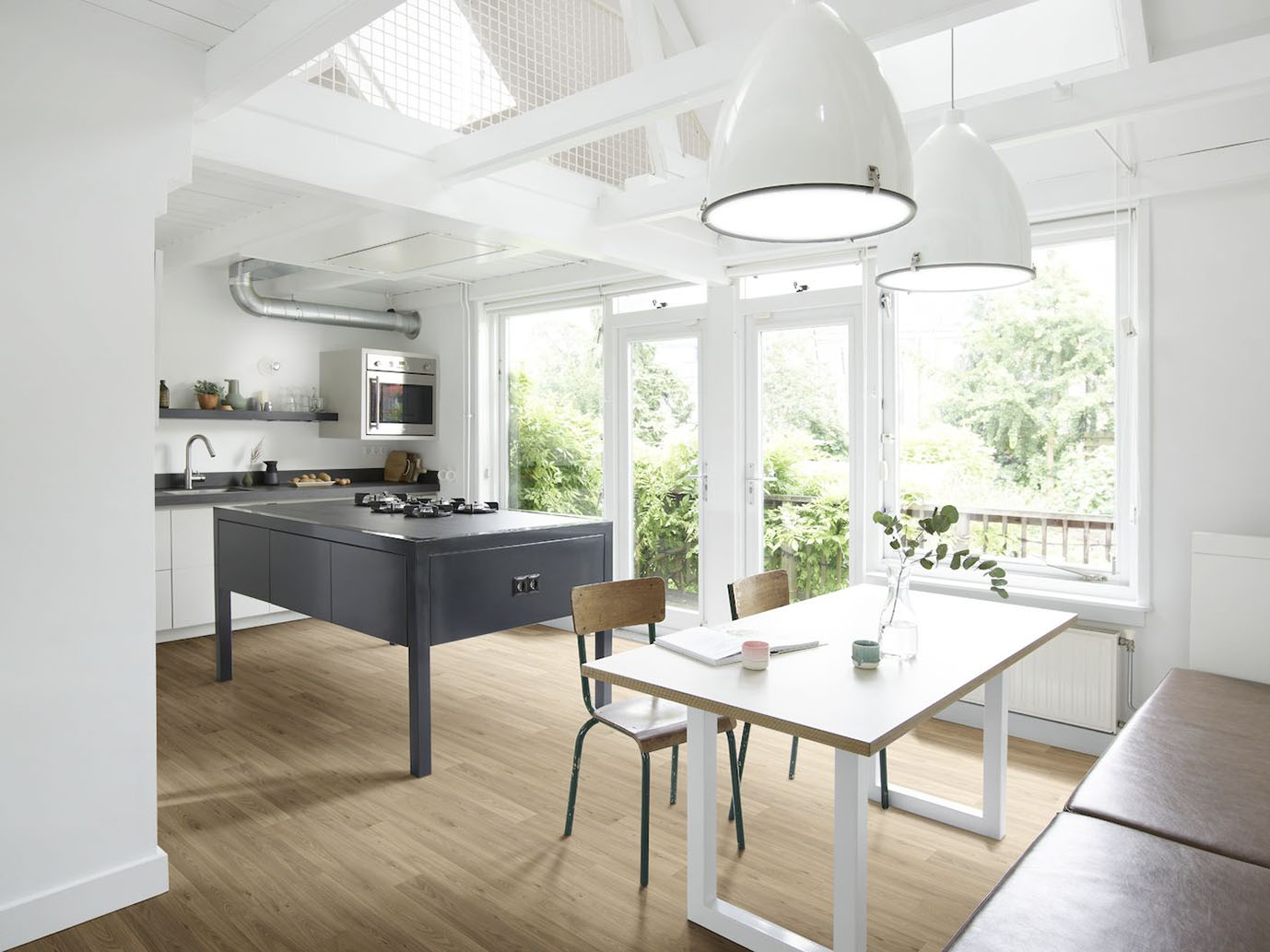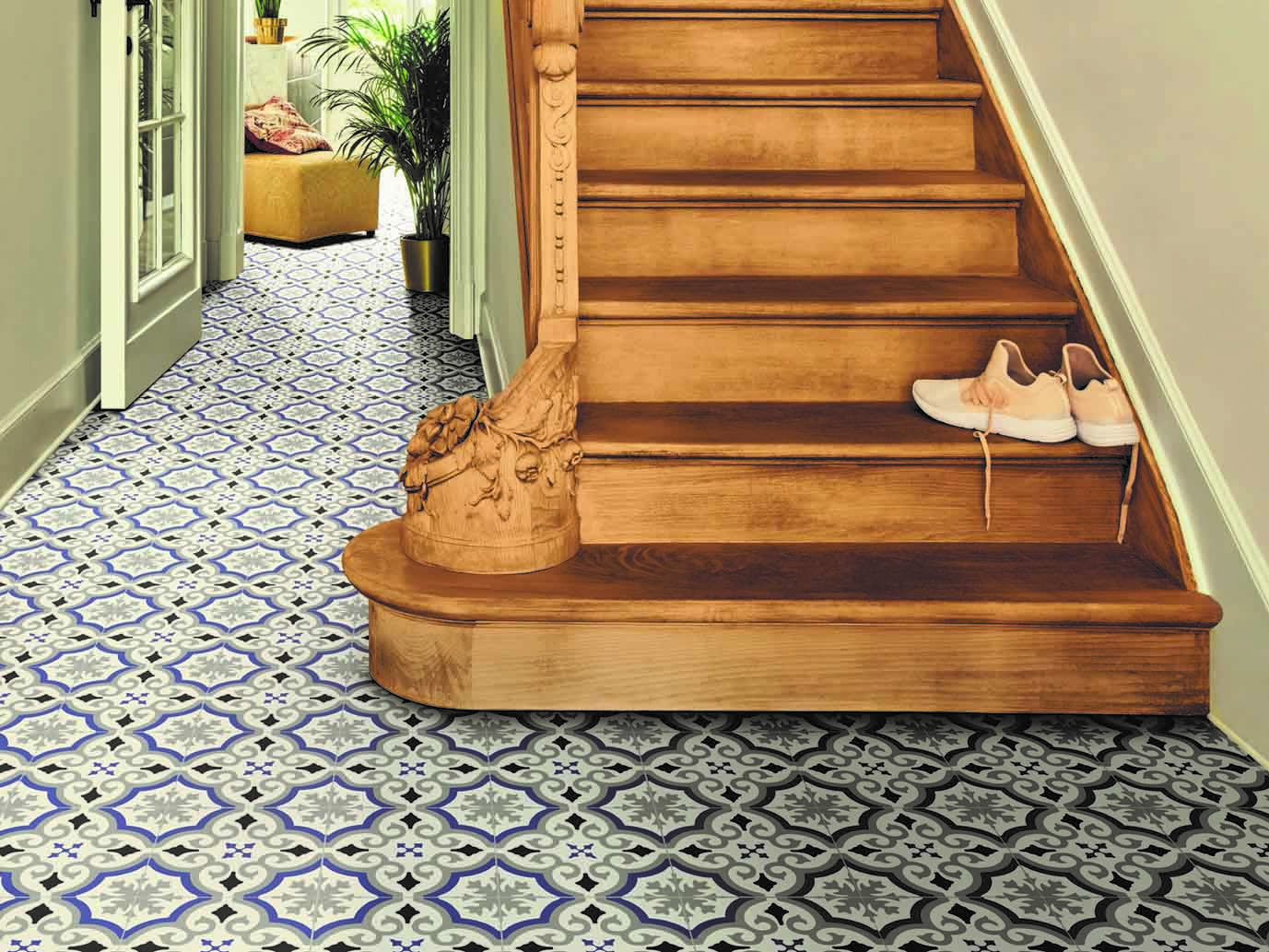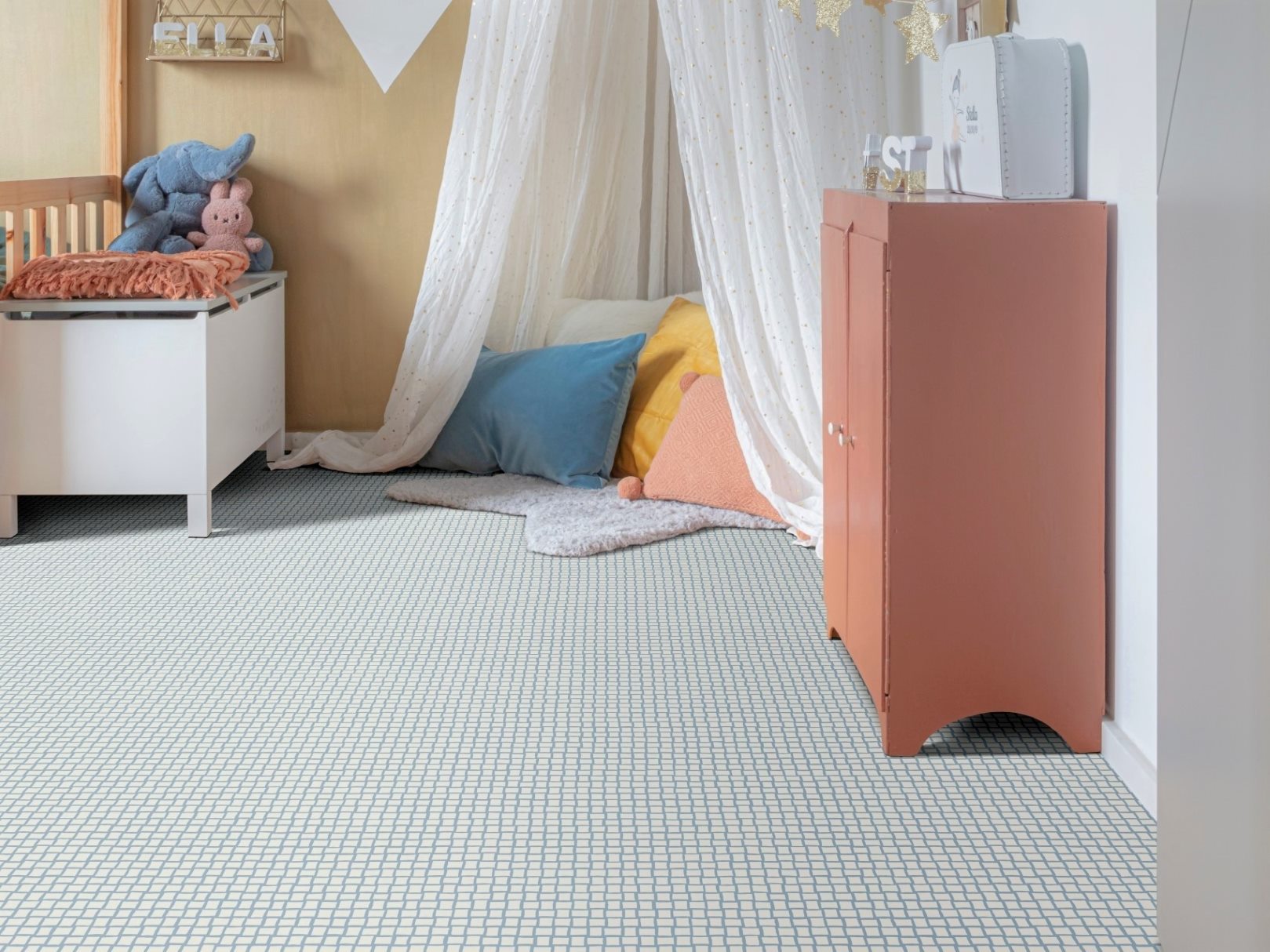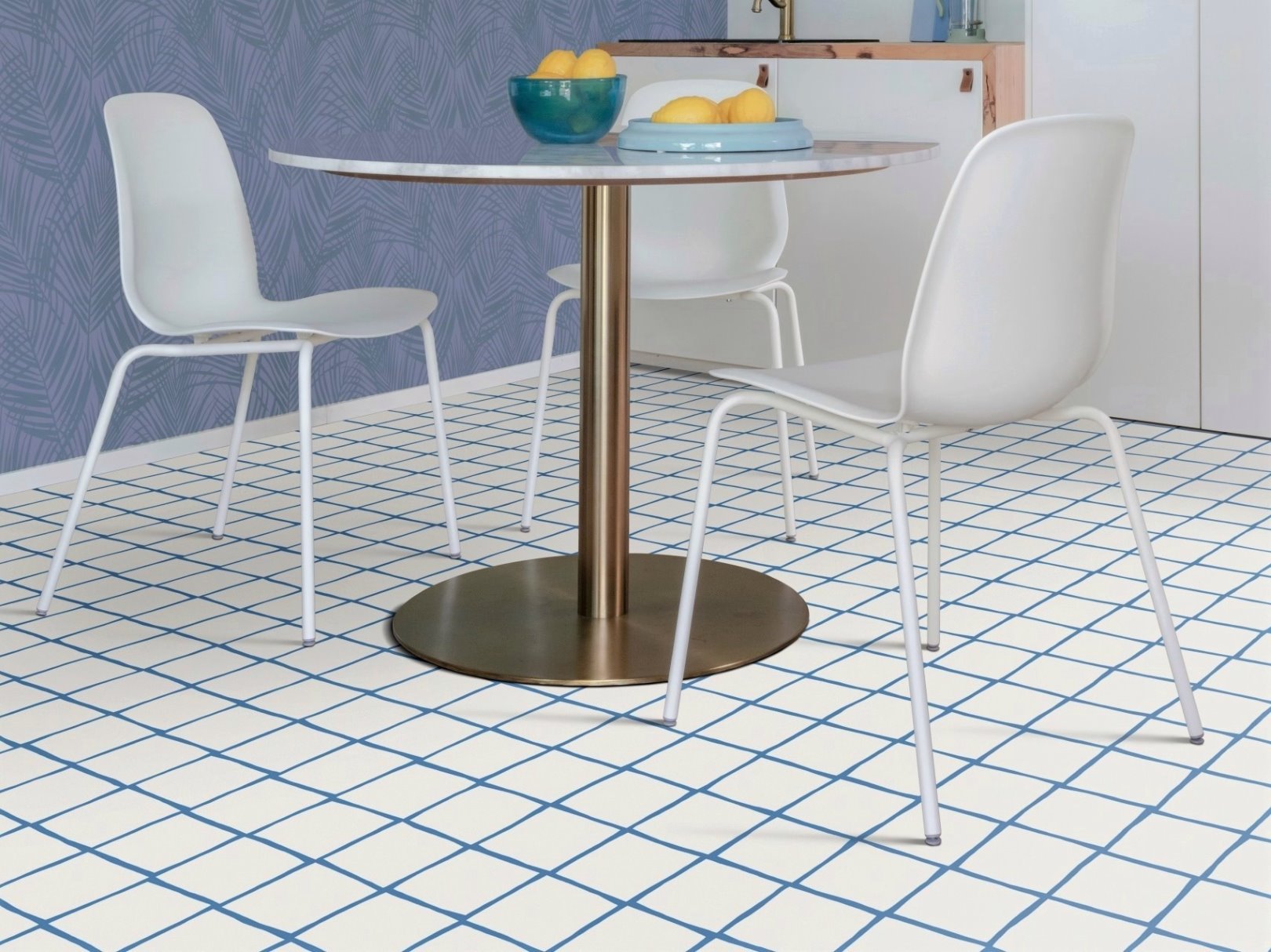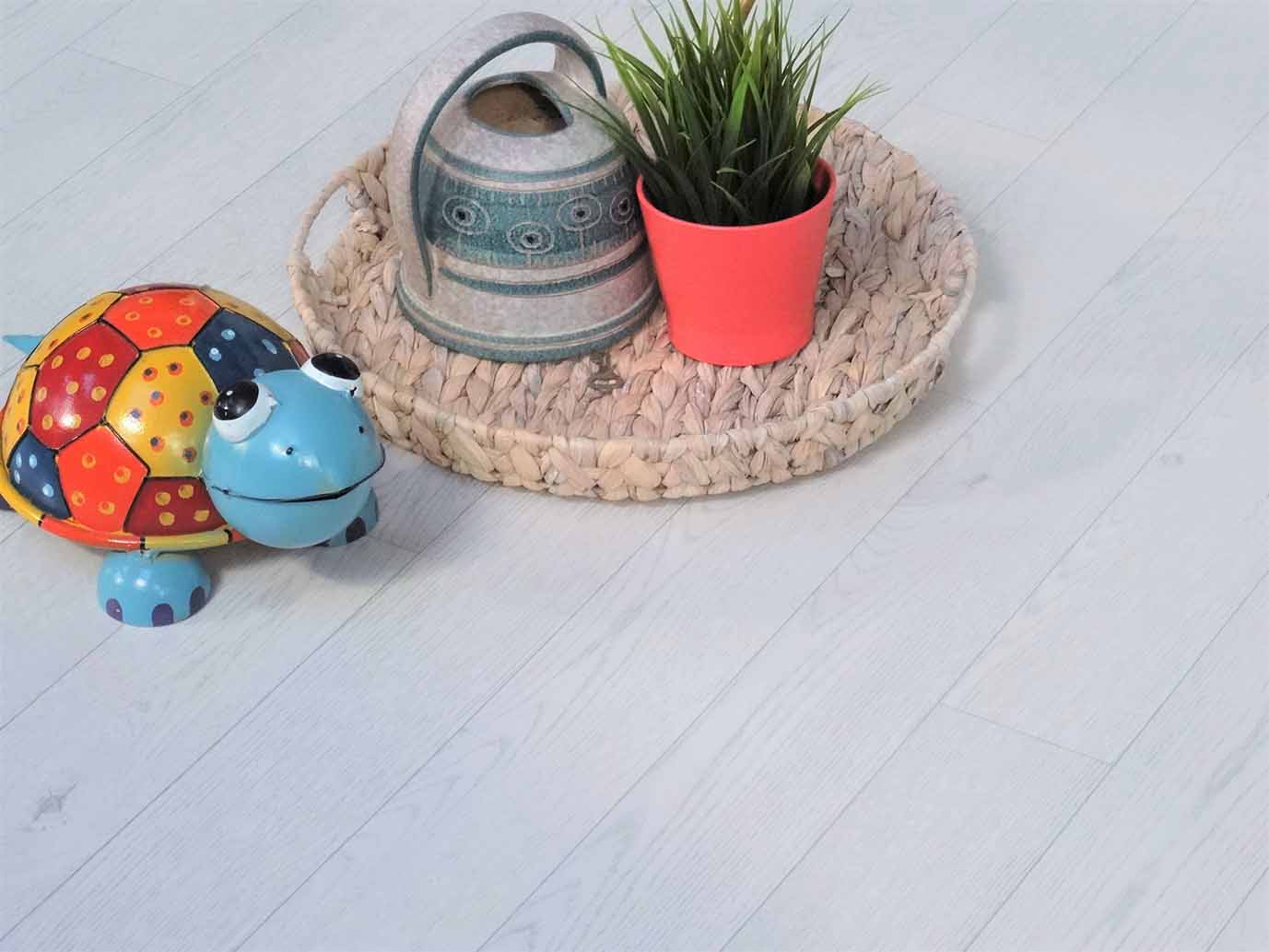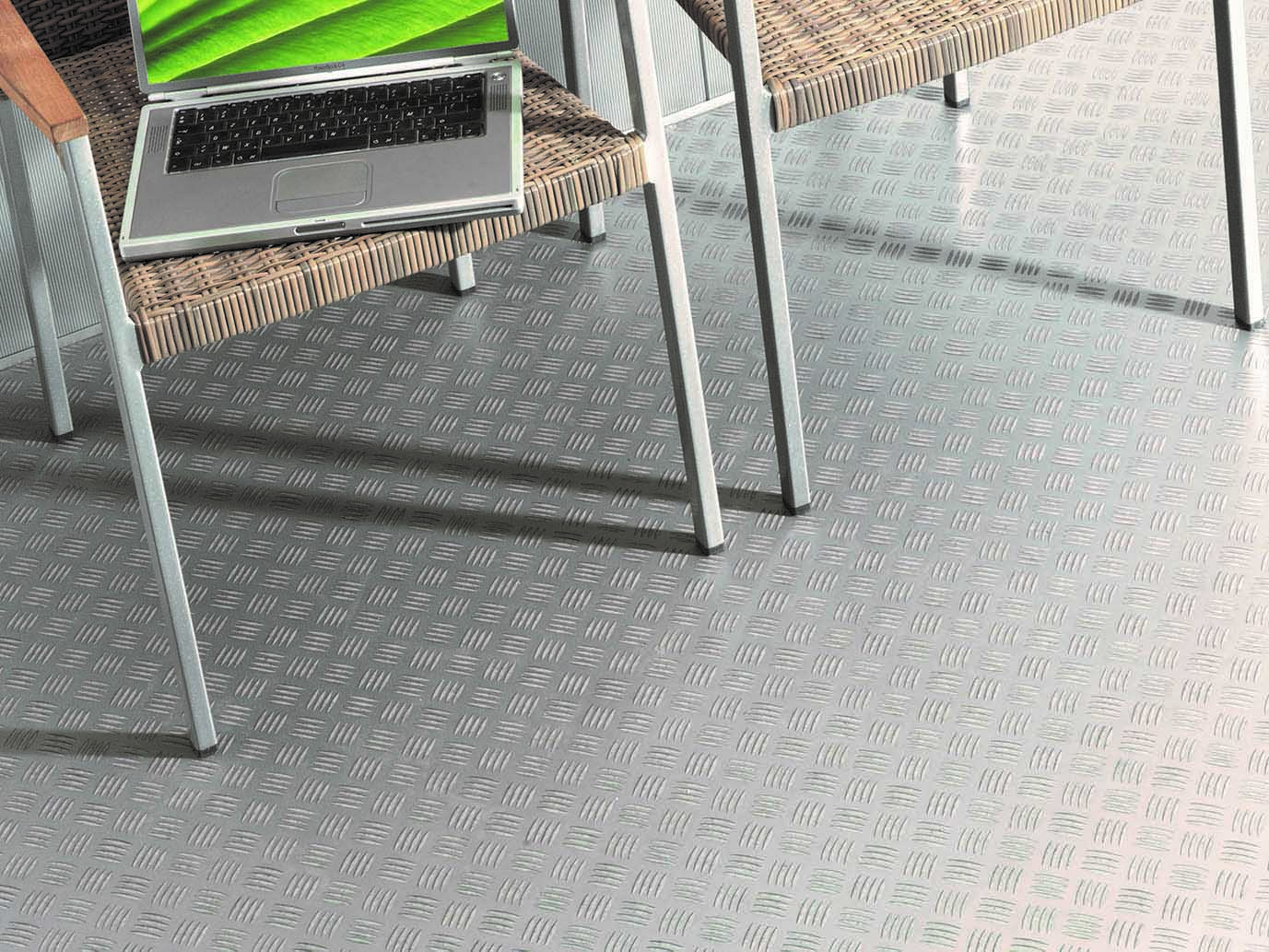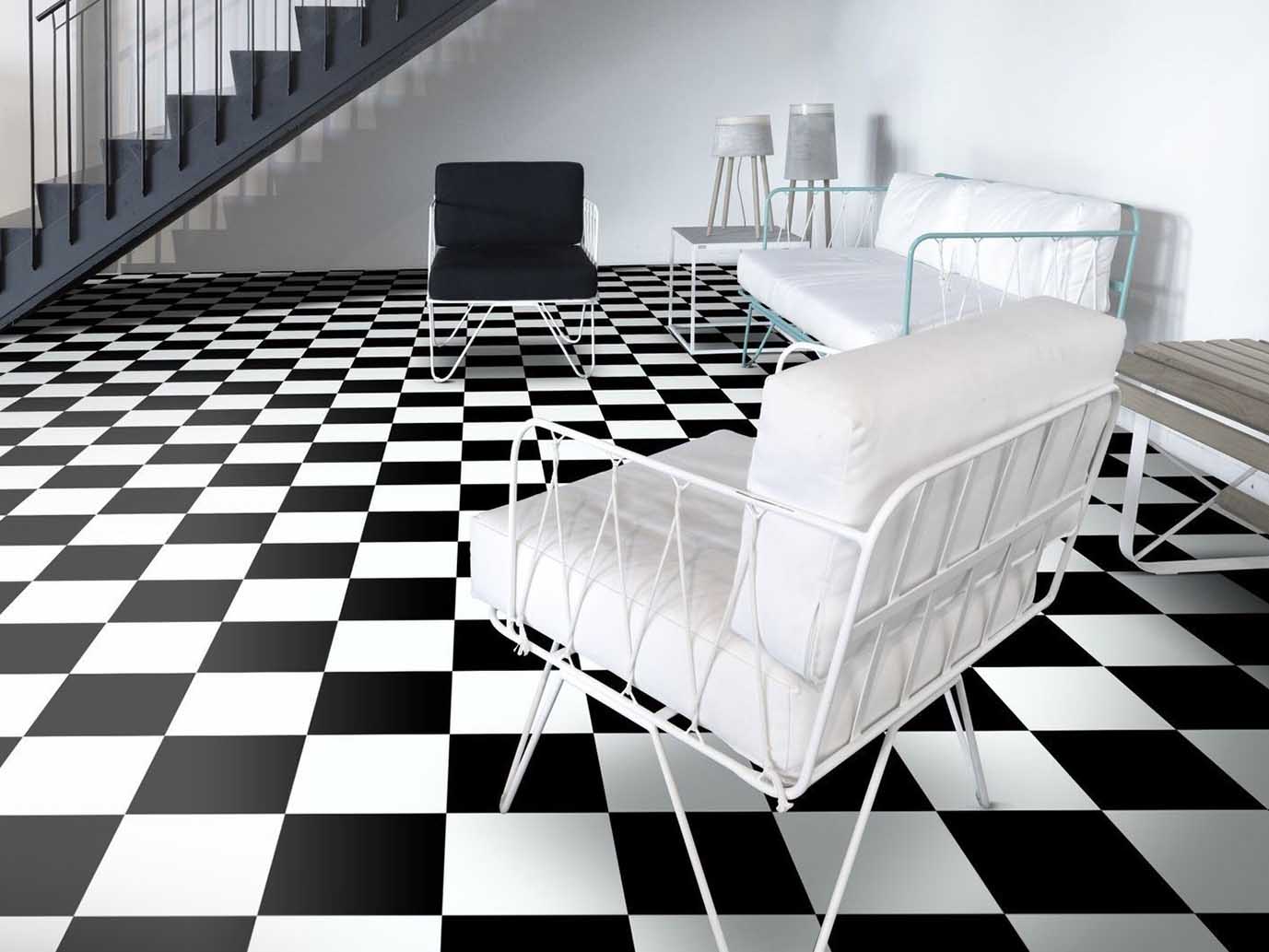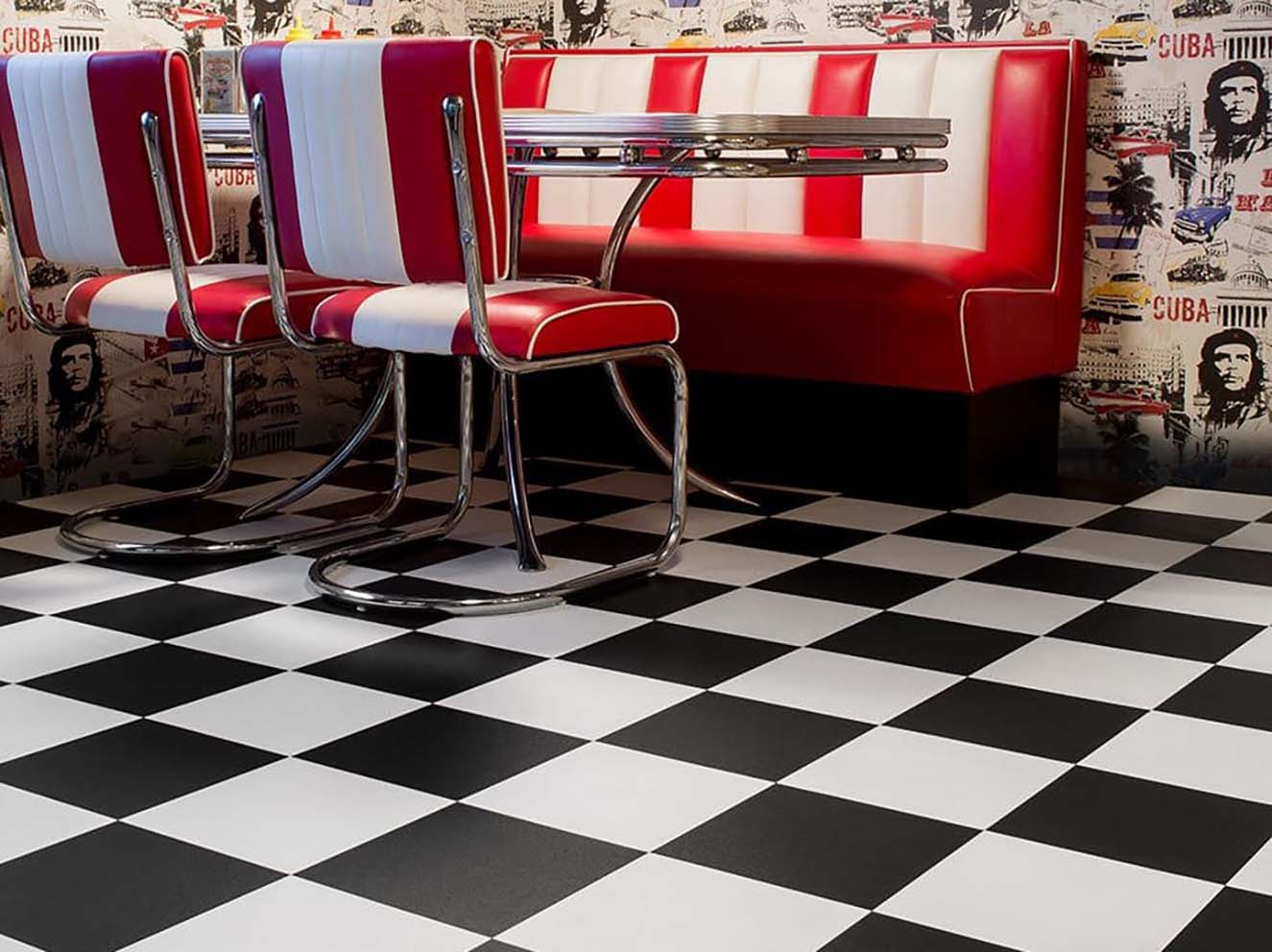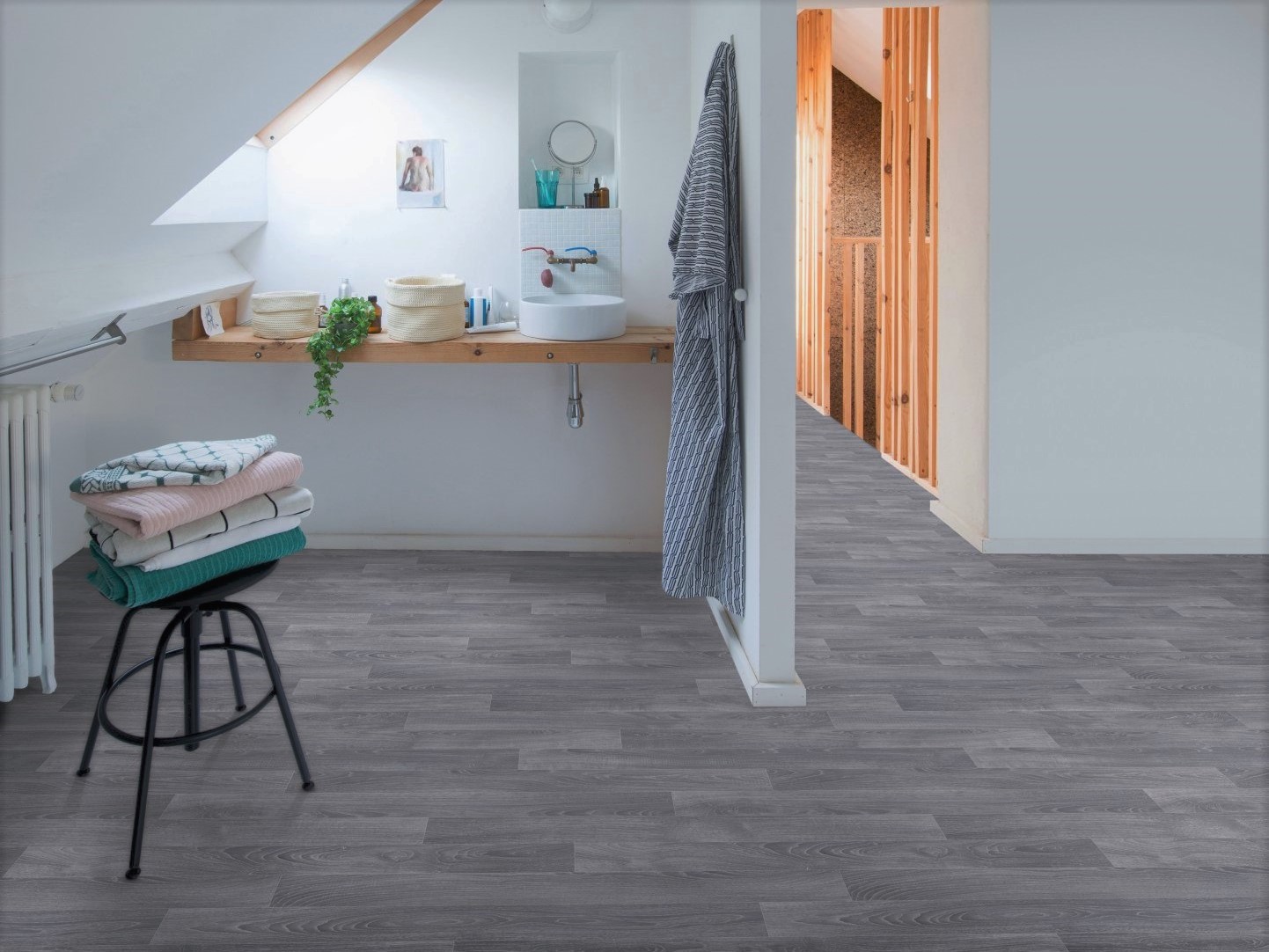Laying PVC flooring - step-by-step instructions
You are renovating and want to install PVC flooring and are looking for a reliable step-by-step guide? You don't even know where to buy your PVC floor and which accessories you need to lay PVC? Welcome to alpha-tex.com!
We have everything you need in stock and show you step by step how to achieve a professional result. In our guidebook you will receive valuable expert tips. From calculating the material requirements to the final fine cut, we guide you through the work process in five steps. Along the way, we also talk about laying PVC over tiles and how to save money when laying PVC.
Laying PVC flooring: Make the project a success with these expert tips!
Laying PVC flooring is not that difficult. However, before you buy accessories haphazardly or make irreparable mistakes during installation, read our expert tips! We explain to you step by step what you need to do to make the project a success. By the way, you will find everything you need in the Alpha-Tex online shop.The preparation
First of all, get all the necessary materials and tools. In our online shop, you will find a large selection of vinyl flooring as well as accessories such as PVC adhesive, cold welding agent, cutter knives, transition profiles and much more.Laying PVC in 5 steps
Now follow our professional instructions, which will lead you to your goal in just five steps!1. calculate material requirements for laying PVC flooring
To determine the floor area, measure the room carefully and also consider the niches and corners. Add 10 cm on each side to compensate for possible measuring errors or unevenness of the walls! This will ensure that you do not end up missing crucial centimetres.2. prepare the substrate
To prepare the subfloor, thoroughly remove the old flooring. The best way to do this is to cut old PVC or old carpet into strips with a carpet knife and then simply pull them off.
The substrate for your new PVC flooring must be clean, dry and smooth. It is best to level out any unevenness with a notched trowel and filler. When laying PVC on tiles, you level the joints in this way. Adhesive residues or other unevenness must also be removed beforehand, otherwise they will press through the PVC later and be noticeable.You do not need special footfall sound insulation, as polyvinyl chloride already has an insulating effect.
3. Laying PVC
Spread out the PVC covering on the floor and smooth it out from the centre of the room. When handling, make sure that you do not bend the covering strongly at any point, otherwise irreparable cracks may form.Leave it like this for at least 24 hours so that the material can acclimatise. Then cut the edges with a carpet ruler (tip: alternatively, you can also use a spirit level or something similarly straight) and a carpet knife. Leave an expansion gap of 1-2 mm when cutting.
4a. Gluing PVC over the entire surface
For full-surface bonding in larger rooms, knock back the floor covering and spread the PVC adhesive evenly over the substrate. Allow it to dry according to the manufacturer's instructions and then apply the PVC.4b. Fixing PVC with adhesive tape
Depending on the size of the room, fixing the floor covering with double-sided adhesive tape is a good alternative. In this case, lay the PVC floor as specified and stick double-sided tape under all edge areas of the covering so that the floor covering is fixed in place.4c. Floating PVC installation
You can also lay PVC flooring loosely. However, this type of installation is only recommended in small rooms or in storage rooms that are not used very often. This saves you gluing and you only have to do the actual cutting.5. fine cut
For the fine cut of your design floor in difficult areas, you will need a little intuition. You should press the PVC well onto the floor, cut slowly from both sides towards the corner and thus remove the excess material.
If you lay several sheets next to each other, they should be laid overlapping. You will then automatically get a perfect transition with a double seam cut. To do this, place your carpet ruler over the area where the coverings overlap and cut both PVC sheets at the same time in one cut. This way you ensure that there is no gap that you cannot easily repair later.
To seamlessly join and seal several sheets together, use a cold welding agent according to the manufacturer's instructions.

